Despite the fact that our universe is old, cold, and well past its prime, it’s not done making new galaxies yet.
Continue reading “Yes, Virginia, The Universe is Still Making Galaxies”Yes, Virginia, The Universe is Still Making Galaxies


Despite the fact that our universe is old, cold, and well past its prime, it’s not done making new galaxies yet.
Continue reading “Yes, Virginia, The Universe is Still Making Galaxies”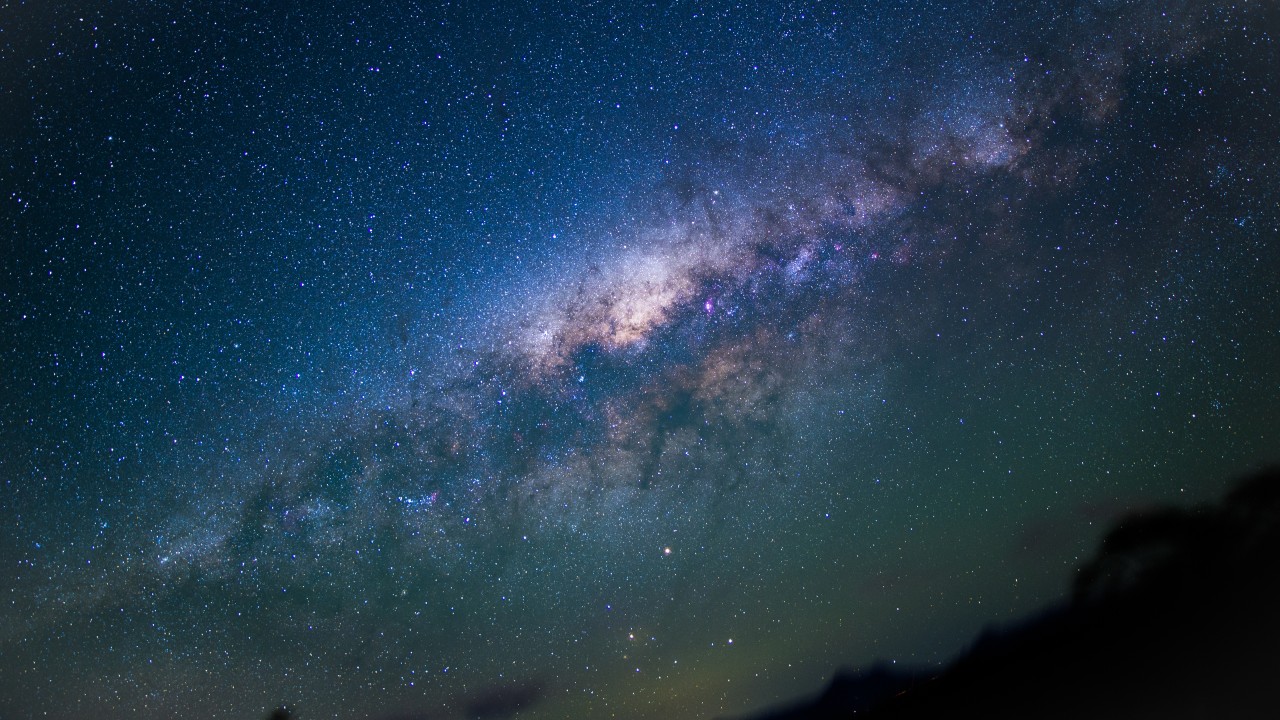
It’s difficult to actually visualise a universe that is changing. Things tend to happen at snails pace albeit with the odd exception. Take the formation of galaxies growing in the early universe. Their immense gravitational field would suck in dust and gas from the local vicinity creating vast collections of stars. In the very centre of these young galaxies, supermassive blackholes would reside turning the galaxy into powerful quasars. A recent survey by the James Webb Space Telescope (JWST) reveals that black holes can create a powerful solar wind that can remove gas from galaxies faster than they can form into stars, shutting off the creation of new stars.
Continue reading “Black Holes Can Halt Star Formation in Massive Galaxies”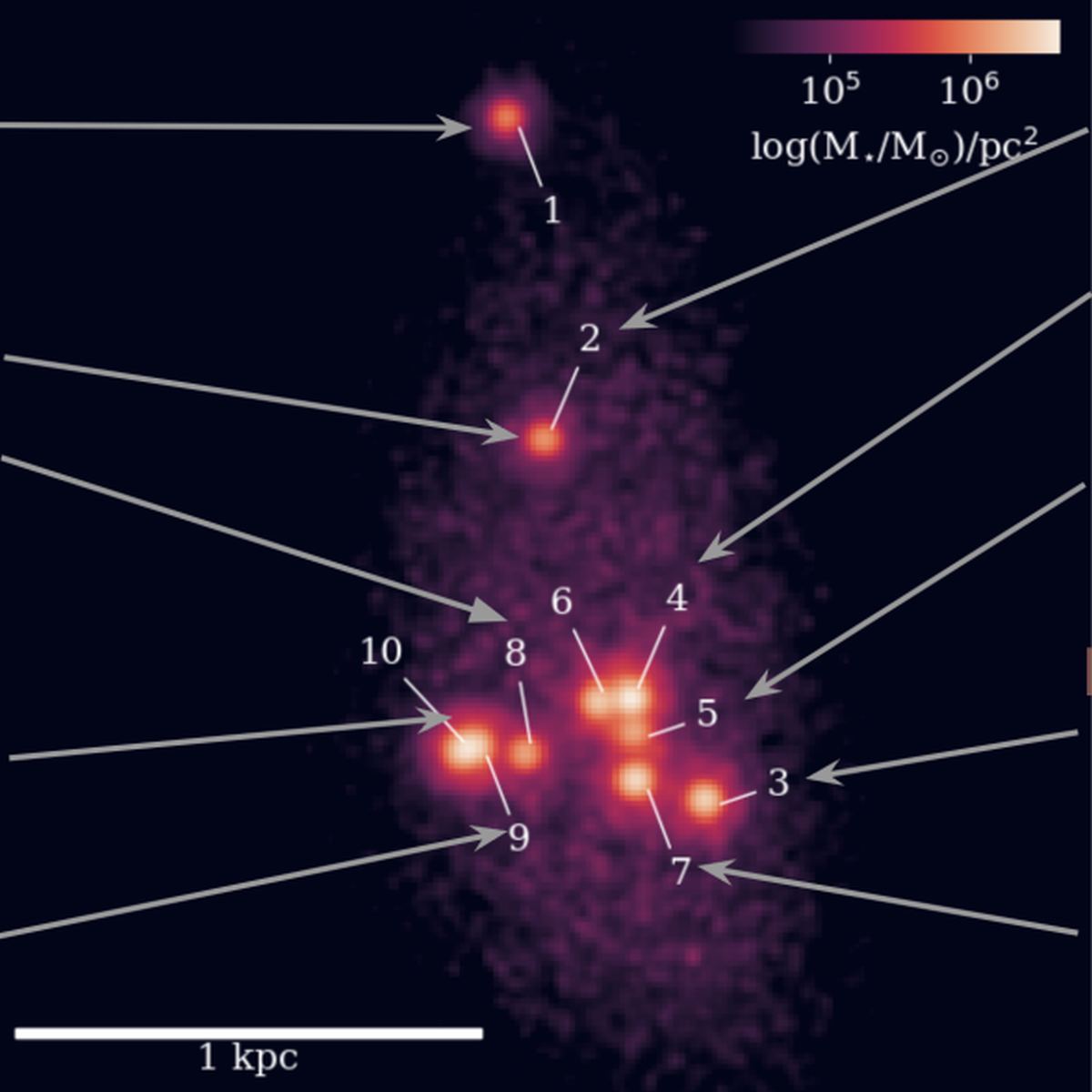
The gigantic galaxies we see in the Universe today, including our own Milky Way galaxy, started out far smaller. Mergers throughout the Universe’s 13.7 billion years gradually assembled today’s massive galaxies. But they may have begun as mere star clusters.
In an effort to understand the earliest galaxies, the JWST has examined their ancient light for clues as to how they became so massive.
Continue reading “JWST Sees a Milky Way-Like Galaxy Coming Together in the Early Universe”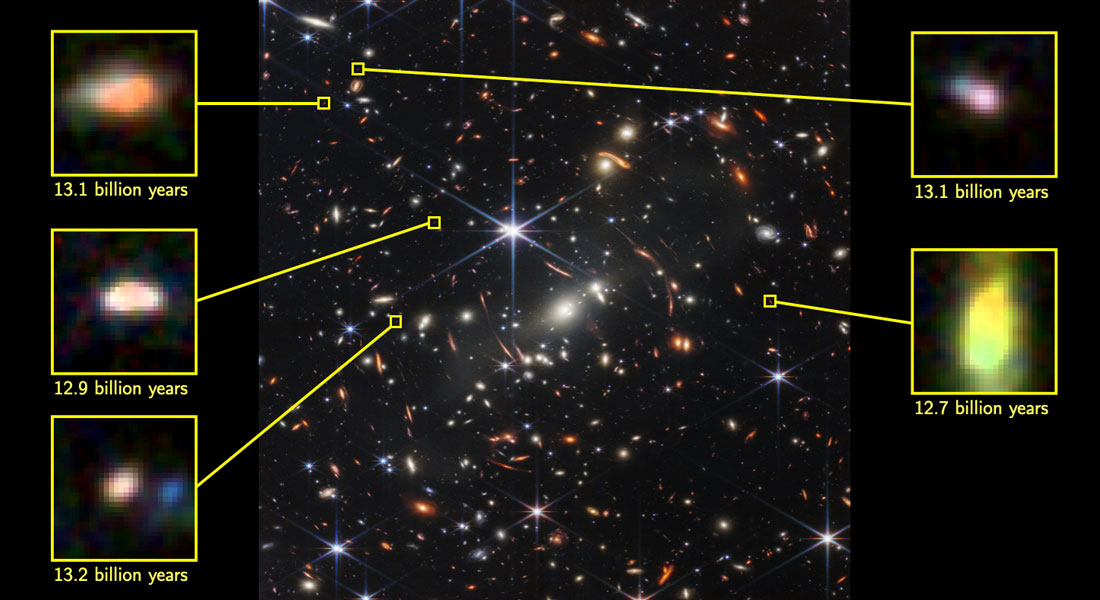
One of the most interesting (and confounding) discoveries made by the James Webb Space Telescope (JWST) is the existence of “impossibly large galaxies.” As noted in a previous article, these galaxies existed during the “Cosmic Dawn,” the period that coincided with the end of the “Cosmic Dark Age” (roughly 1 billion years after the Big Bang). This period is believed to hold the answers to many cosmological mysteries, not the least of which is what the earliest galaxies in the Universe looked like. But after Webb obtained images of these primordial galaxies, astronomers noticed something perplexing.
The galaxies were much larger than what the most widely accepted cosmological model predicts! Since then, astronomers and astrophysicists have been racking their brains to explain how these galaxies could have formed. Recently, a team of astrophysicists from The Hebrew University of Jerusalem Jerusalem published a theoretical model that addresses the mystery of these massive galaxies. According to their findings, the prevalence of special conditions in these galaxies (at the time) allowed highly-efficient rates of star formation without interference from other stars.
Continue reading “Here's How You Could Get Impossibly Large Galaxies in the Early Universe”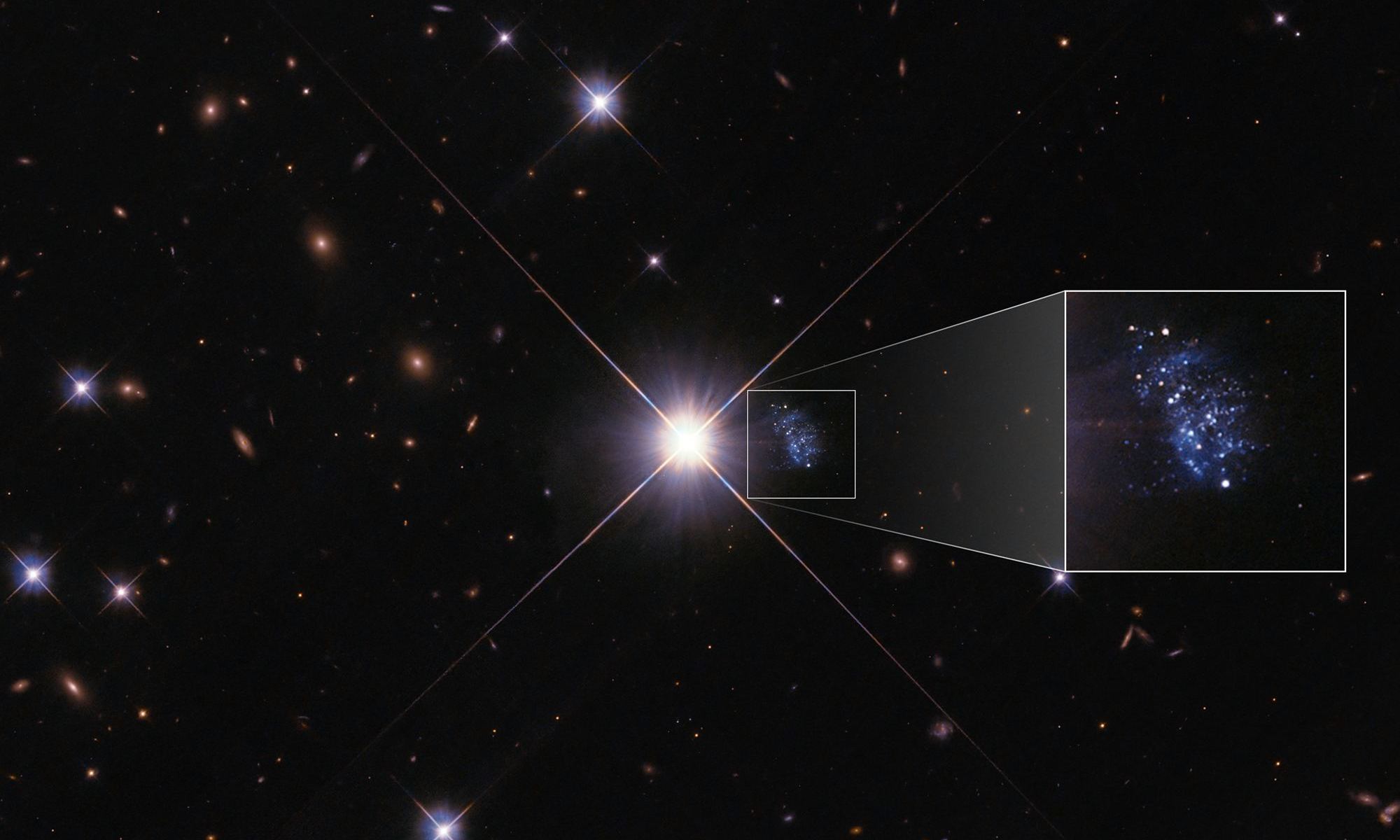
One of the biggest puzzles in astronomy, and one of the hardest ones to solve, concerns the formation and evolution of galaxies. What did the first ones look like? How have they grown so massive?
A tiny galaxy only 20 million light-years away might be a piece of the puzzle.
Continue reading “A Star was Blocking a Galaxy, but Now it’s Moved Enough That Astronomers can Finally Examine What it Was Hiding”A young galaxy with the catchy, roll-off-the-tongue name A1689-zD1 has experts in galactic formation talking. Recent observations show that this galaxy, seen as it would have looked just 700 million years after the Big Bang, is larger than initially believed, with significant outflows of hot gas from its core, and a halo of cold gas emanating from its outer rim. A1689-zD1 is considered representative of young ‘normal’ galaxies (as opposed to ‘massive’ galaxies), and the new observations suggest that the adolescence of normal galaxies may be more rambunctious than previous models suggest.
Continue reading “Once Again, Galaxies Look Surprisingly Mature Shortly After the Beginning of the Universe”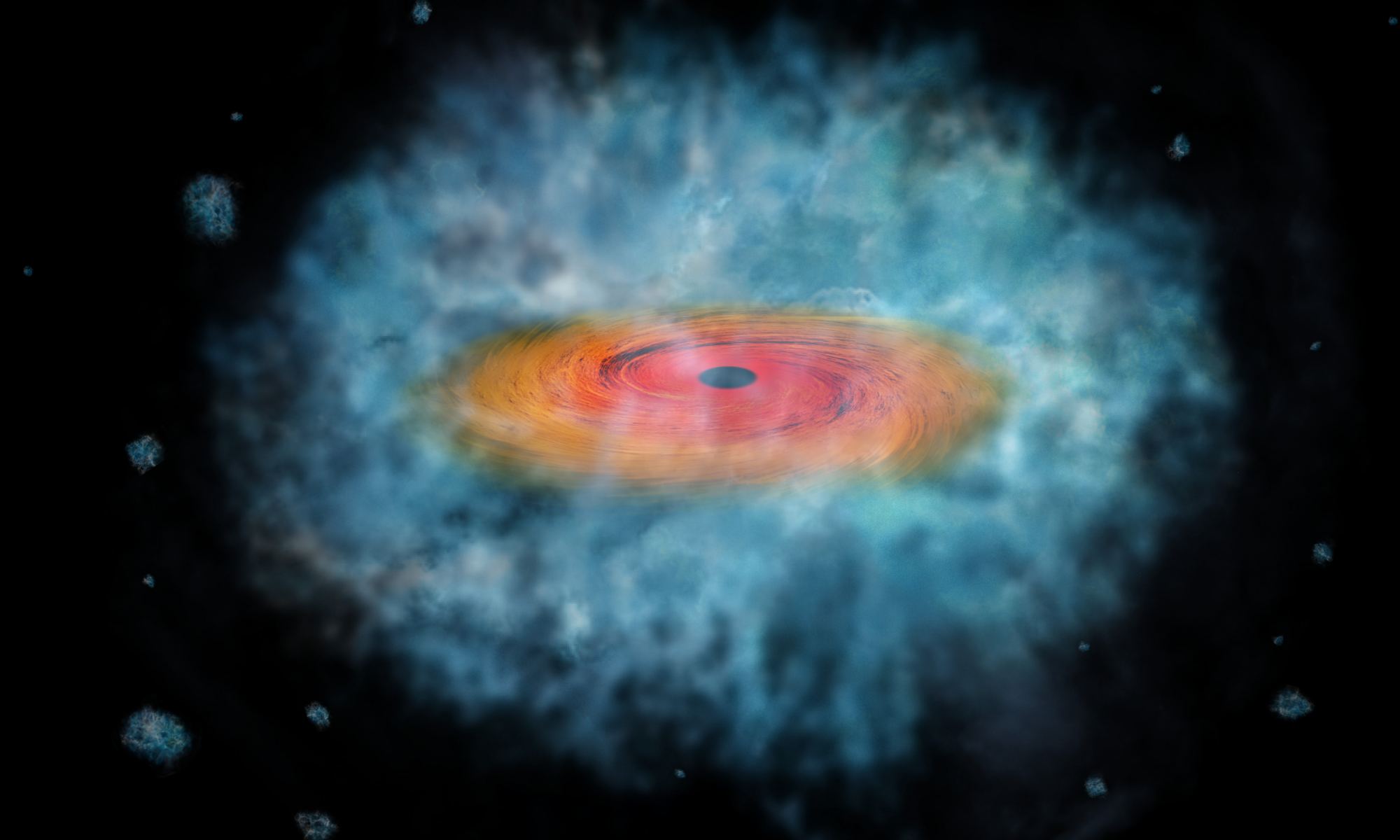
The universe is littered with supermassive black holes. There’s one a mere 30,000 light-years away in the center of the Milky Way. Most galaxies have one, and some of them are more massive than a billion stars. We know that many supermassive black holes formed early in the universe. For example, the quasar TON 618 is powered by a 66 billion solar mass black hole. Since its light travels nearly 11 billion years to reach us, TON 618 was already huge when the universe was just a few billion years old. So how did these black holes grow so massive so quickly?
Continue reading “If the First Black Holes Collapsed Directly, Could we Detect Radio Signals From Those Moments?”Origin stories are a focus of many astronomical studies. Planetary formation, solar system formation, and even galaxy formation have long been studied in order to understand how the universe came to be where it is today. Now, a team of scientists from the Lyman Alpha Galaxies in the Epoch of Reionization (LAGER) consortium have found an extremely early “protogalaxy” that was formed approximately 750 million years after the big bang. Studying it can provide insights into that early type of galaxy formation and everything that comes after.
Continue reading “Protogalaxy Cluster Found When the Cosmic Fog Was Starting to Clear, When the Universe Was Just 750 Million Years Old”The dwarf galaxy known as Dragonfly 44 caused a stir recently: apparently it had way, way more dark matter than any other galaxy. Since this couldn’t be explained by our models of galaxy formation, it seemed like an oddball. But a new analysis reveals that Dragonfly 44 has much less dark matter than previously thought. In short: it’s totally normal.
Continue reading “The galaxy with 99.99% dark matter isn’t so mysterious any more”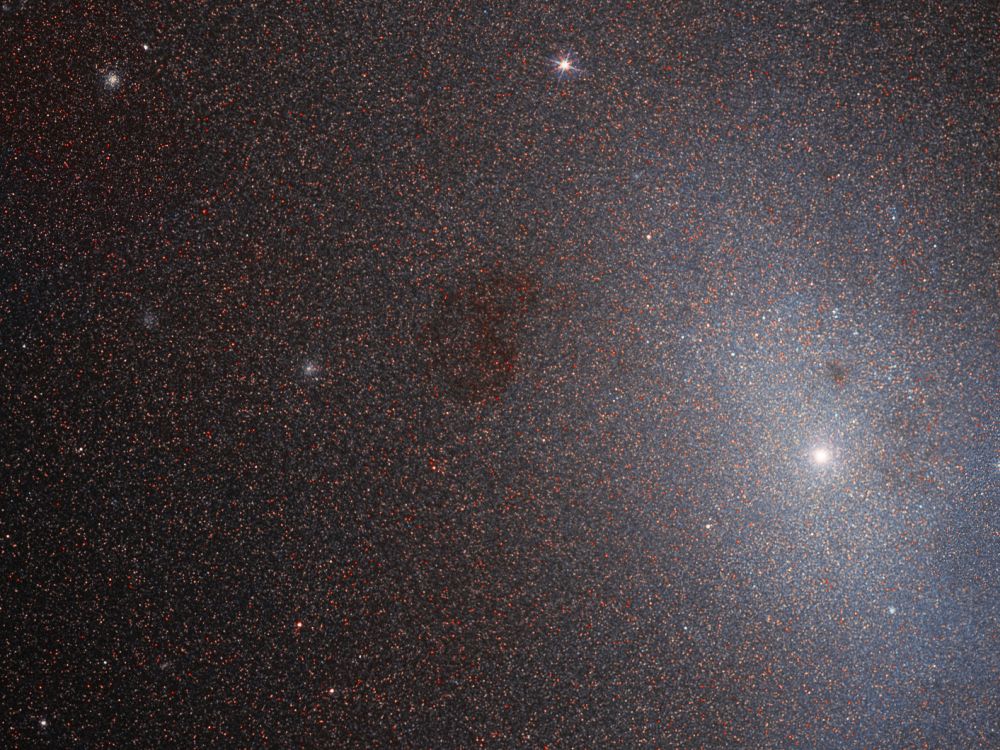
Messier 110 (NGC 205) is a satellite of the Andromeda Galaxy. It’s a dwarf elliptical galaxy, a common type of galaxy often found in galaxy clusters and groups, and it contains about 10 billion stars. Like all dwarf ellipticals, it doesn’t have the characteristic shape of galaxies like Andromeda or the Milky Way, with their vast, spiral arms. It has a smooth, featureless shape.
Dwarf ellipticals lack the blazing bright areas of active star formation that other galaxies display. In fact, astronomers think that they’re too old to have any young stars at all. But M110 appears to be different.
Continue reading “Elliptical Galaxy Messier 110 Has a Surprising Core of Hot Blue Stars”